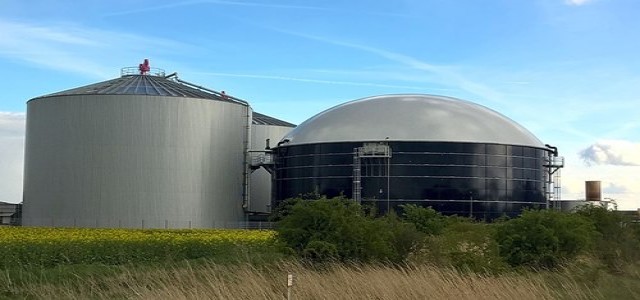
In a bid to reduce the elevating levels of carbon emissions around the globe, HeidelbergCement, world’s second-largest cement producer, announced its plans of turning its Swedish factory in Slite into the globe’s first and novel CO2-neutral cement facility by 2030 end, via carbon capture technology.
As per credible reports, the project is expected to cost the company at least USD 122 million, allowing it to capture up to 1.8 million tons of carbon dioxide every year, which corresponds to the site’s total emissions.
The announcement of new facility launch comes a week after court ordered oil major Royal Dutch Shell to deepen planned GHG emission cuts, in a sign that environmental pressure on large-scale enterprises intensifies.
Reports suggest that HeidelbergCement would bear some of the costs for the upgrade of Slite, which accounts for nearly 3% of Sweden’s carbon emissions. Moreover, most of the money is expected to come from the Swedish government.
With cement production being one of the heaviest emitters worldwide, HeidelbergCement looks toward reducing the expanding carbon emissions by approximately a third by 2025 compared with 1990 on a group level.
Commenting on the strategic development, Dominik von Achten, Chief Executive of HeidelbergCement cited that the company is seeking to stand as a leader in the path of CO2 neutrality in the industry. Besides, it is also important to note that the organization is not only setting decarbonization targets but also implementing concrete projects and gain speed.
Last month, the company had launched its fifth edition of its nature-based competition, Quarry Life Award, across more than 20 countries worldwide. This allows students, researchers, NGOs, local communities, and nature lovers, from around the world to pitch their ideas for sustainable quarry management, with prizes upto 30,000 euros for most innovative projects.
As per credible reports, the Quarry Life Award supports HeidelbergCement and its partners in raising awareness of biodiversity and of extraction sites as habitats for diverse species.
© 2026 IntelligenceJournal.com. All Rights Reserved.